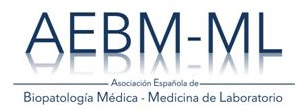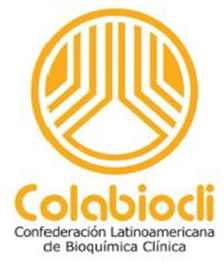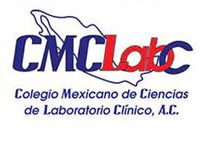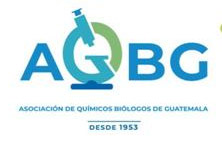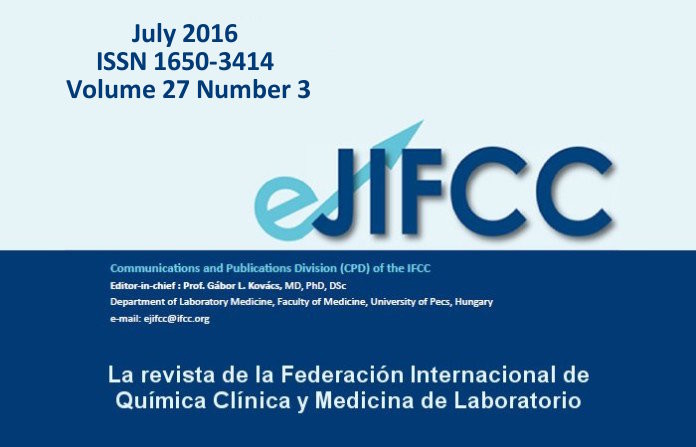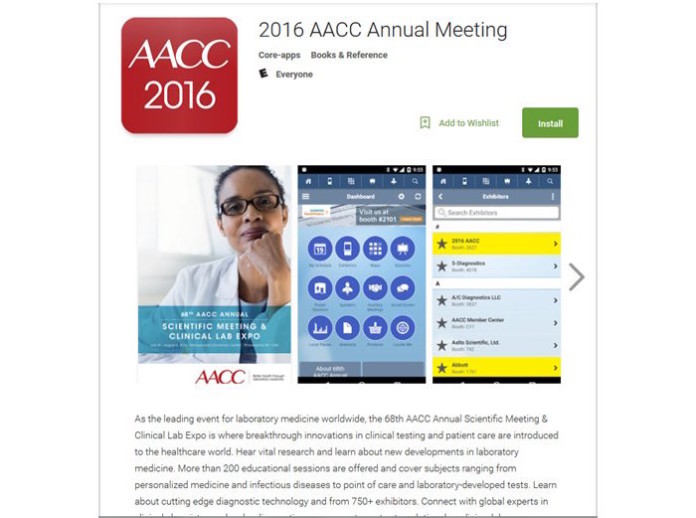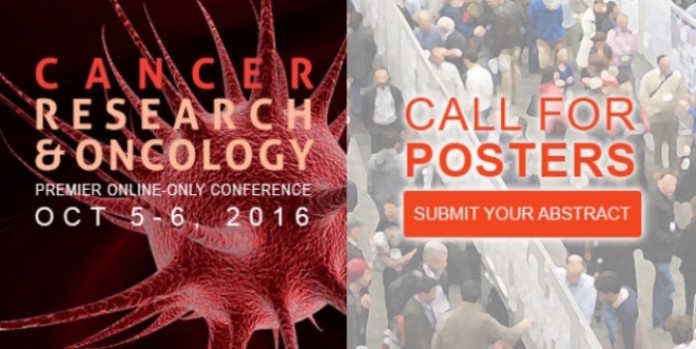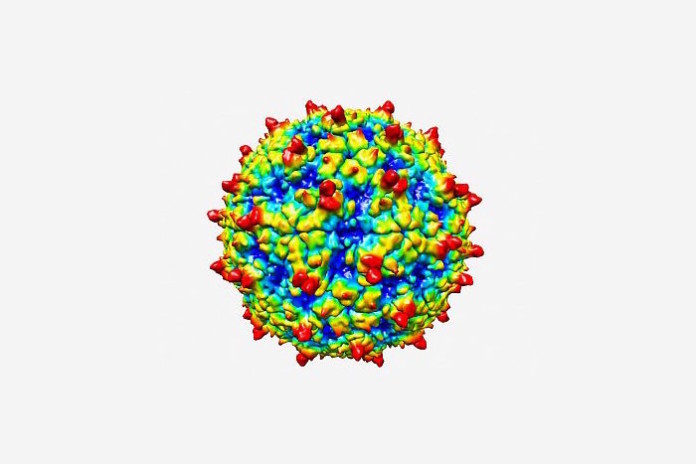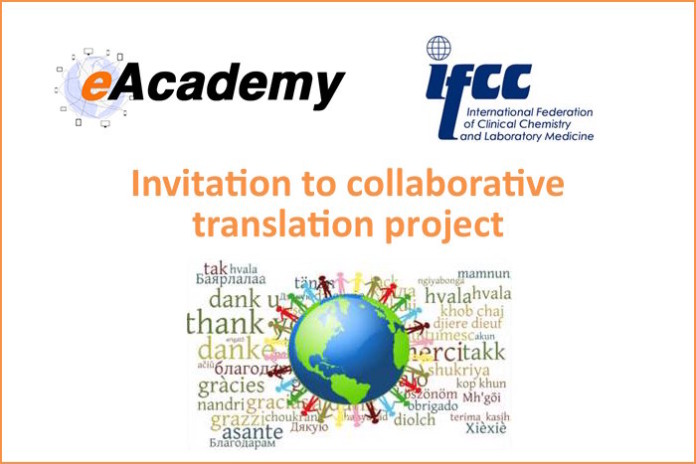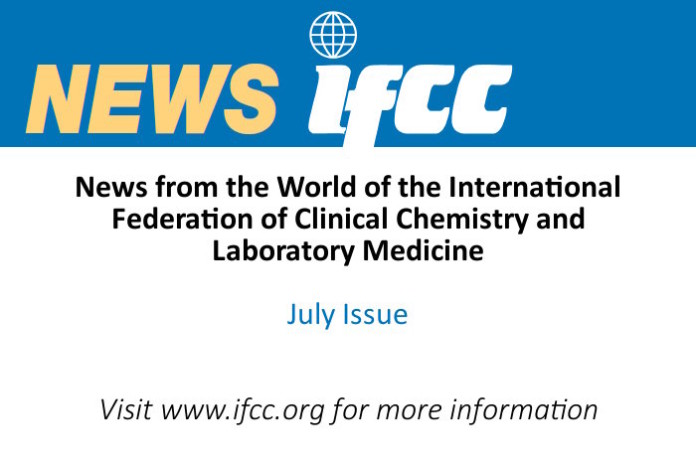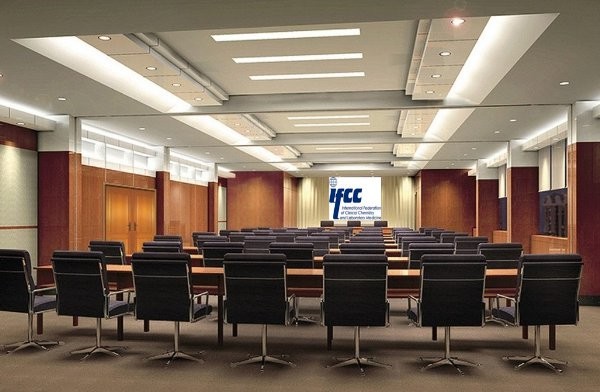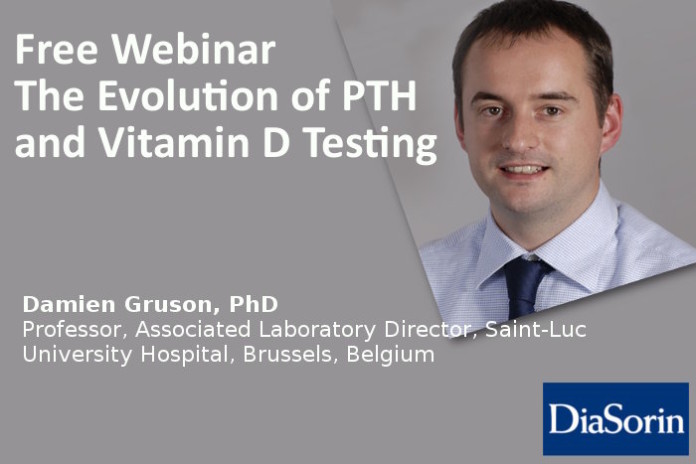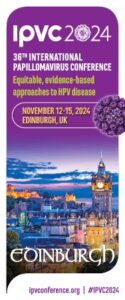As animals evolved to become increasingly social, their chances of coming into contact with pathogens and catching infections from their companions increased, leading to a greater need for a strong immune system.
Though this link may seem like a logical one, researchers from the University of Virginia have shown for the first time that the immune system of mice directly controls the parts of the brain that are responsible for social behavior, indicating that the evolution of sociability may have occurred as a result of this immunity.
Writing in the journal Nature, the researchers explain how mice that were bred to lack a particular pathogen-fighting immune molecule called interferon gamma (IFN-γ) displayed social deficits and autism-like behavior when interacting with other mice. To try and figure out what was causing this they used functional magnetic resonance imaging (fMRI) to observe the animals’ brain activity.
In doing so, they discovered that certain brain regions in the prefrontal cortex (PFC) that are known to control social behavior had become hyperactive, much like they are in humans with autism.
Following this, the study authors injected the mice with IFN-γ, noting that this instantly caused them to behave like healthy mice, with no social abnormalities. When monitoring the neural activity of these rodents, the team found that the introduction of IFN-γ led to an increase in levels of a neurotransmitter called GABA, which inhibits neurons in the PFC, alleviating their hyperactivity.
Commenting on this discovery, study co-author Jonathan Kipnis explained in a statement that “the brain and the adaptive immune system were thought to be isolated from each other, and any immune activity in the brain was perceived as a sign of a pathology. And now, not only are we showing that they are closely interacting, but some of our behavior traits might have evolved because of our immune response to pathogens.”
To confirm the evolutionary link between immunity and social behavior traits, the researchers analyzed the genomes of a range of rodent species, as well as zebrafish and fruit flies that had been used in previous lab experiments. Amazingly, they discovered that animals that had been housed in social enclosures had an upregulated IFN-γ gene, while animals kept in solitary confinement displayed a downregulation of this gene.
This suggests that these species are all genetically programmed to produce IFN-γ when they interact with others, regardless of whether or not they have been infected with a pathogen. As such, it seems likely that IFN-γ is highly involved with the activation of social behaviors, while simultaneously protecting against any infections that may result from these interactions.
Based on this finding, the study authors speculate that “immunity may also contribute to modulating neuronal circuits that are responsible for our everyday behaviors and personality.” Furthermore, they suggest that many social and personality deficits in humans may, in fact, be caused by faulty immune systems, and hope that this discovery one day leads to new treatments for conditions such as autism and other similar disorders.
Source: IFL Science






